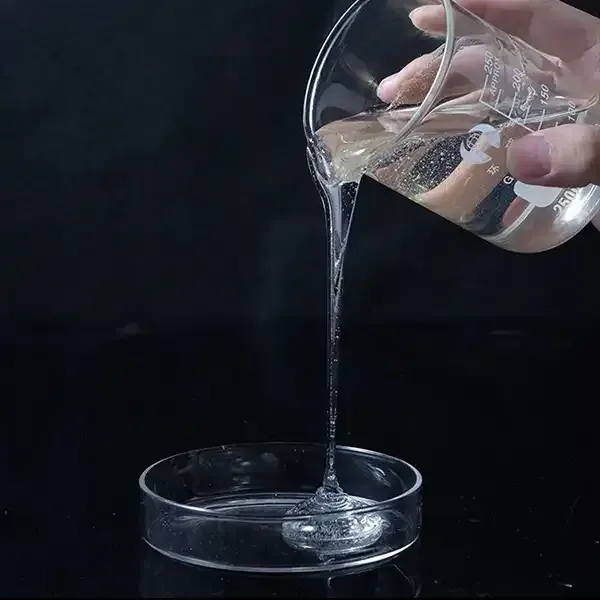The Role of HPMC in Modern Construction An Overview
Hydroxypropyl Methylcellulose (HPMC) is a versatile and increasingly popular polymer in the construction industry. It is a modified cellulose that is derived from the natural polymer cellulose, which is abundant and renewable. The properties of HPMC make it an attractive ingredient in various construction applications, ranging from adhesives to mortars, and its usage is becoming more prevalent as the industry moves towards more sustainable and efficient building practices.
Properties of HPMC
HPMC is known for its unique combination of properties. It is water-soluble, yet it can stabilize emulsions and suspensions effectively. This makes it an exceptional thickening agent, which is crucial for creating homogenous mixtures in construction materials. Moreover, HPMC has excellent film-forming capabilities, which enhances the bonding strength of various materials. Another critical property is its ability to retain water, which improves workability and provides longer open-work times for mortars and adhesives. The rheological properties of HPMC can be easily manipulated by varying the degree of substitution, enabling manufacturers to tailor it for specific applications.
Applications in Construction
1. Adhesives and Sealants HPMC is commonly used in tile adhesives, caulks, and sealants. The addition of HPMC improves adhesion to various substrates and ensures that the adhesive remains workable for extended periods. Its water retention capability allows for better hydration of cement and enhances the overall mechanical properties of the final bond.
2. Mortars In cement-based materials, HPMC acts as a crucial additive in both thick and thin-bed mortars. It helps to enhance the plasticity and workability of the mix, allowing for easy application and optimal bond strength. Furthermore, the water-retaining properties of HPMC contribute to improved curing, which is essential for achieving desired structural integrity.
construction hpmc

3. Renderings and Plasters HPMC is often used in renderings and plasters, where it aids in achieving a smooth finish and enhances the adhesion to substrates. It also helps reduce the risk of cracking during drying and improves resistance to weathering, which is vital for exterior applications.
4. Dry Mix Products Many dry-mix formulations, such as pre-packaged mortar, joinery mortars, and repair mortars, include HPMC as a key component. It ensures that the products remain free-flowing and easy to mix with water, providing excellent performance once applied.
Environmental Considerations
As the construction industry faces pressure to become more sustainable, the incorporation of HPMC presents several environmental benefits. Being derived from natural cellulose, it is biodegradable and can significantly reduce the environmental footprint of construction projects. Additionally, the ability of HPMC to enhance the performance characteristics of construction materials means that less material may be needed overall, promoting greater efficiency.
Conclusion
Hydroxypropyl Methylcellulose is an essential additive in modern construction, offering numerous advantages in manufacturing, application, and performance. Its ability to modify the physical properties of building materials makes it a valuable asset in various applications, ensuring enhanced workability, adhesion, and durability. As the industry continues to evolve, the demand for sustainable and high-performance materials is likely to see HPMC play an increasingly prominent role.
In summary, HPMC is not just a technical innovation; it is a catalyst for change within the construction sector, aligning with broader trends towards sustainability and efficiency. Its widespread use across various construction applications highlights its importance and showcases how innovative materials can help shape the future of building practices. As construction technologies advance, the versatility and efficacy of HPMC will undoubtedly secure its position as a foundational component in contemporary construction solutions.
-
The Application and Significance of Construction RdpNewsMay.19,2025
-
Industrial Grade HpmcNewsMay.19,2025
-
Building Coating Adhesive Building Coating Adhesive HpmcNewsMay.19,2025
-
Application Of Hpmc For Detergent For Detergent In DetergentsNewsMay.19,2025
-
Application Of Hpmc Cellulose In Cement-Based MaterialsNewsMay.19,2025
-
Application Of High Quality Hpmc For Construction In The Field Of ConstructionNewsMay.19,2025




